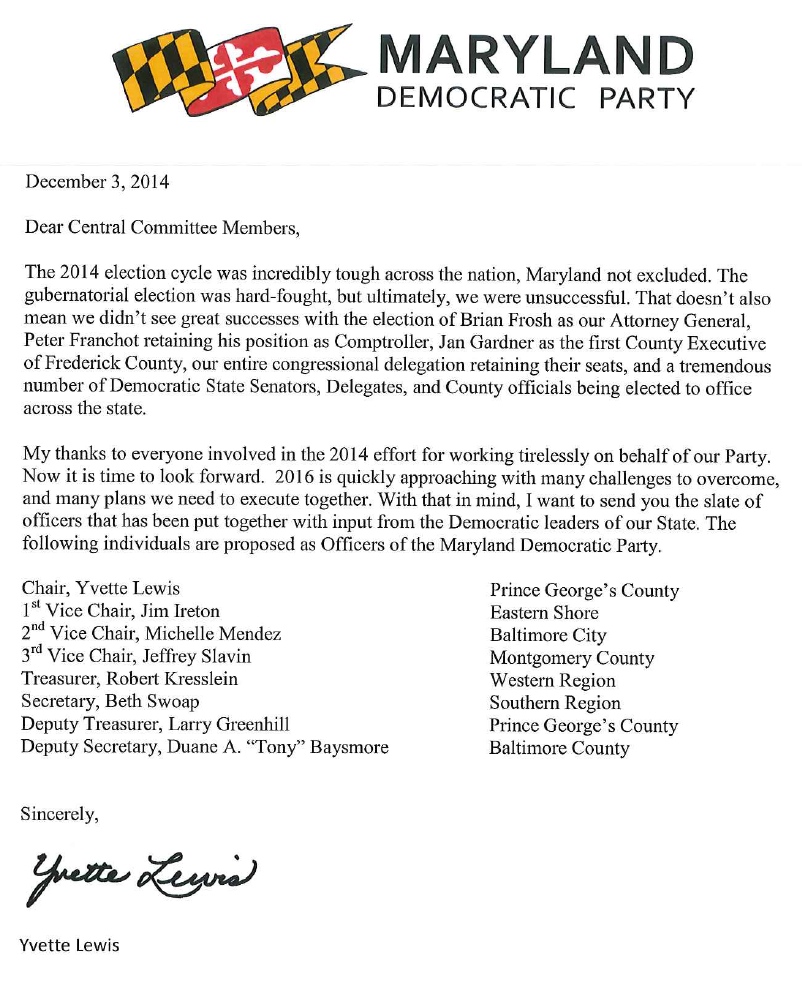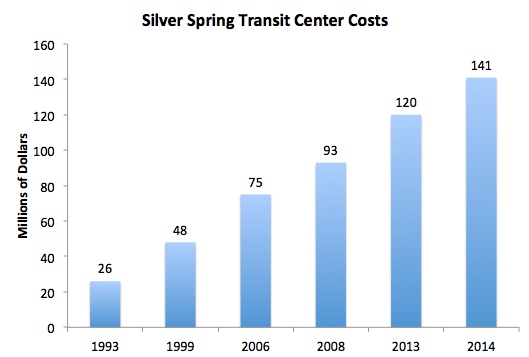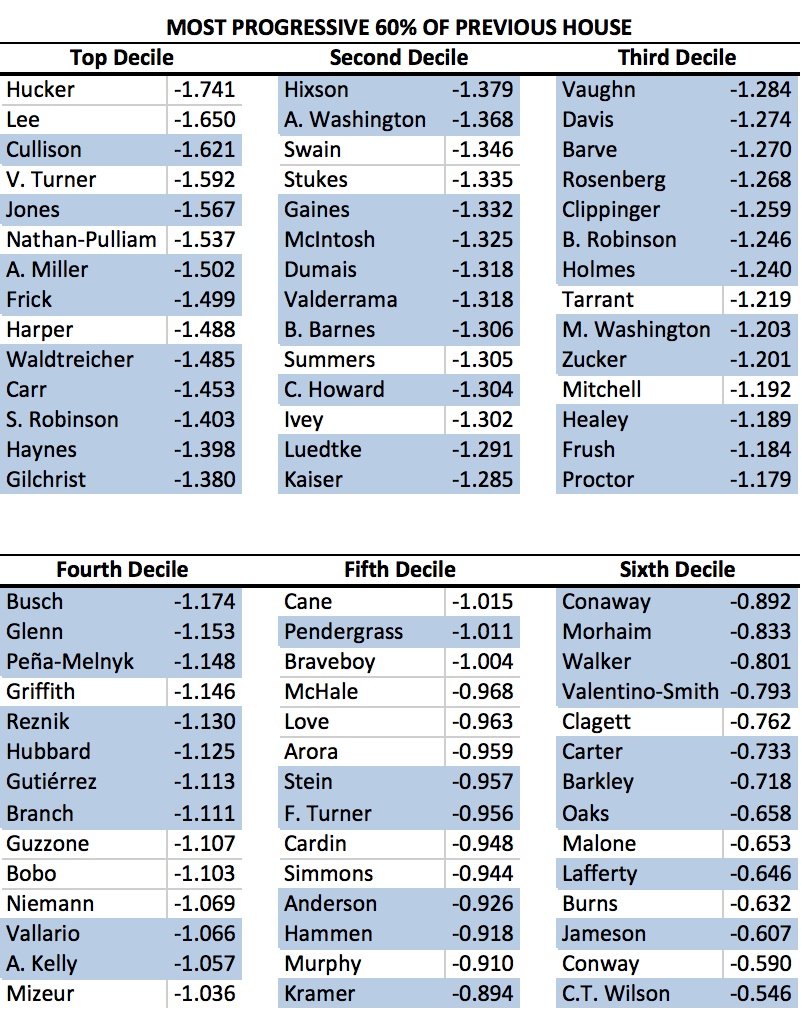One of the more esoteric part of the Purple Line is its finances. They are so complicated, in part, because the State has worked hard to mask that Maryland cannot afford to pay for the project.
State Debt Limit
The first sense that the State cannot afford it is the more difficult to understand and relates to the State’s tax-supported debt limit. Unlike the federal government, Maryland does not have a legally mandated limit on borrowing. Instead, it has a guideline of the maximum appropriate share of debt in relation to State revenues.
These guidelines–think of them as a credit limit for the State–are developed in line with the demands of the bond rating agencies. Maryland has had a stellar AAA bond rating for decades and losing it would raise significantly the cost to the State of borrowing money. Everyone agrees this is a bad idea.
Due to these constraints, the State could not afford to borrow directly the money to pay for the Purple Line because it would blow past the tax-supported debt limit guidelines. While the federal government will pay $900 million and Montgomery and Prince George’s will kick in another $220 million, the State is on the hook for the remaining $1.1 billion of the current estimated cost. As a result, the project loses feasibility because our debt would rise dramatically relative to revenues.
P3 to the Rescue?
Hence, the creation of the Public Private Partnership, or P3, as it is known. (Unfortunately, we’re just getting started with the transportation jargon, folks, so buckle up.) Through the P3, the State contracts with a company, called the concessionaire (I know, it sounds like they sell popcorn and Twizzlers), to build and to operate the Purple Line over 35 years.
Rather than having Maryland borrow the funds directly, the concessionaire borrows the bulk of the money needed and the State pays it back annually through the availability payment. MDOT contends the great bulk of the availability payment is operating costs rather than capital costs and thus should largely not be counted towards the State tax-supported debt limit.
Presto! Even though the cost is the same, through the wondrous magic of accounting, MDOT has made the debt limit problem go away.
Giant Purple Credit Card
MDOT claims that only the concessionaire’s cost of financing the debt (i.e. interest payments) and any bonds backed by the State’s Transportation Trust Fund (TTF) should count towards the State debt limit.
In order to make signing on the bottom line less painful (read: convince us we can afford it), the State plans to use the federal funds to pay for the early years of the payments. Except that we’ll be on the hook for the those honking availability payments for years to come. It’s really not much different than the Ruthless People clip I posted at the top of the post.
Will the Credit Agencies Buy It? Should We?
The problem for MDOT and Maryland is that no one knows if the bond rating agencies will swallow these manipulations. After all, the great portion of the availability payment is to cover the building of the Purple Line, not to operate it, despite the work of fiction authored by MDOT.
Moreover, Maryland will have signed a contract. The State will owe all of that money decade after decade. It’s like signing a 35-year mortgage for the purposes of building a house and saying that, once it’s built, it hasn’t reduced your credit because the mortgage payment is really the operating cost of the house. Except the money is still coming out of your account and you have less of the green stuff to spend.
The Department of Legislative Services (DLS) has studiously avoided wading into the political soup of taking a position on the Purple Line and the debt limit. But their failure to take a position actually makes clear that it remains open whether the bond rating agencies will buy MDOT’s theory on the debt:
At this point, there is insufficient information to determine if the capital availability payments are State debt. Whether or not it is State debt depends on such factors as the use of the project (is it a public good or is it for general use), is there a long-term liability for the State, and do State revenues support the project.
Concerns have been raised that federal funds have not been awarded so there is some risk that they may be less than anticipated. MDOT advises that if federal funds appropriations are insufficient, TTF bonds will be issued. Since these TTF bonds are State debt, a loss in federal funds could affect debt affordability. Source: “Effect of Long-Term Debt on the Financial Condition of the State,” Department of Legislative Services 2013, p. 81.
Note that the answers to at least two questions raised by DLS–“is there a long-term liability for the State and do State revenues support the project”–are clearly yes.
And even if the State is willing to swallow the idea that this debt is not a debt, should the public? The reason bond rating agencies care about debt ratios is obvious and sensible: exposure. If we really need to shuffle the cards so much to pretend that the debt is affordable, it’s probably an indication that the Purple Line is not in the more fundamental, conventional sense. Regardless, it will limit our ability to borrow for other purposes for decades.





